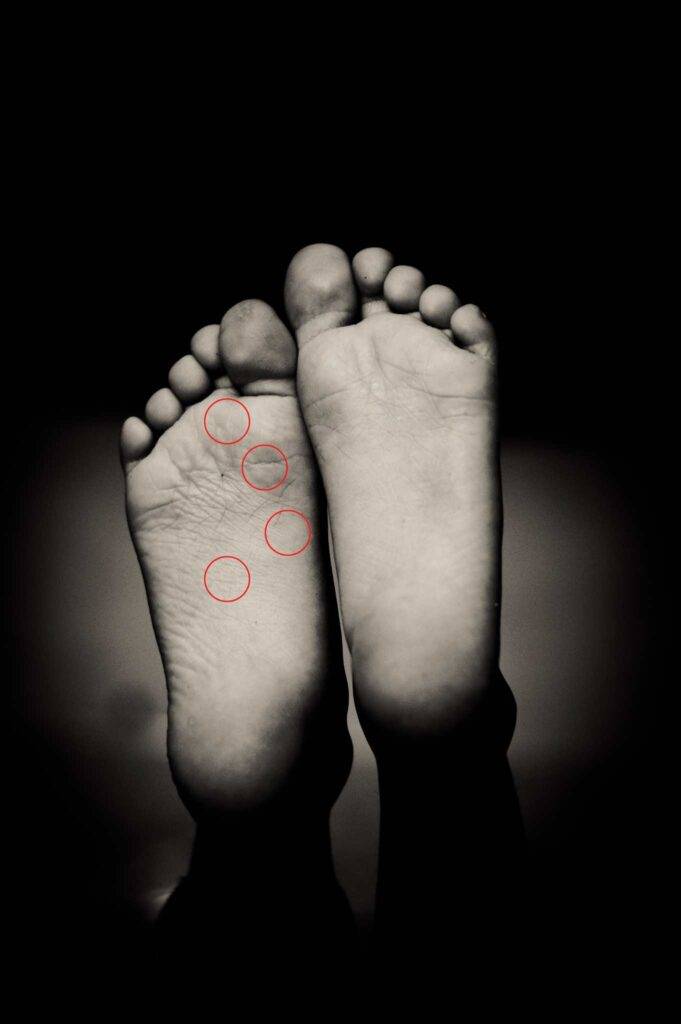Learn more about Plantar Fibromatosis – its symptoms and treatments
Are you experiencing pain or discomfort from a lump under the arch of your foot?
A plantar fibromatosis is a benign growth or nodule in the arch of the foot. It is found in the plantar fascia (a thick ligament which runs along the bottom of the foot from the toes to the heel). Another term for this condition is plantar fibroma. A plantar fibroma can develop in one or both feet. It can remain the same size or get larger over time, or additional fibromas may develop. These nodules generally do not cause discomfort. But sometimes they can feel like a rock or marble under the arch of the foot. Plantar fibromas are small — usually less than an inch.
It is more prevalent in males, with patients typically presenting to a podiatrist more out of concern about the lump on the bottom of their foot, than pain. However, these growths can be painful as they grow in size. The initial cause of plantar fascial fibromatosis is unknown. A similar disease is Dupuytren’s disease, which affects the hand and causes bent fingers.
Symptoms of Plantar Fascial Fibromatosis:
- Usually only affect one foot, with 25% of patients showing symptoms in both feet.
- Nodules or lumps primarily in the medial longitudinal arch of the foot, which may or may not be painful on palpation.
- Nodules may invade the skin of flexor tendon on rare occasions.
- The overlying skin is freely movable.
- Tightness of the fascia and possible contracture of the toes.
- On MRI infiltration masses can be seen within the fascial sheath.
How do you treat Plantar Fibromatosis?
There are various treatment options for plantar fibroma’s and your podiatrist can help you to resolve the pain and discomfort you may be experiencing.
Some of these treatment options may include:
- Topical treatment
- Steroid injections
- Orthotics
- Physical Therapy
- Laser treatment (there is not currently a strong body of research to support this however, there have been excellent clinical results)
Plantar fibromatosis vs. plantar fasciitis: What’s the difference?
Both plantar fibromas and plantar fasciitis affect your plantar fascia. Plantar fibromas are small growths on your plantar fascia. Plantar fasciitis is inflammation of the ligament itself. It’s also one of the most common causes of heel pain. Even though both conditions cause pain on the arch of your foot, the reason for your discomfort is different. No matter what’s causing it, talk to a podiatrist about any new or unusual foot pain.
Are you suffering from this condition? One of our podiatrist can assist and help what treatment options are best for you. ✅
Schedule an appointment here or you may call us at 44 (0) 207 101 4000. 📞
We hope you have a feetastic day! 👣☀️
-The Chelsea Clinic and Team




